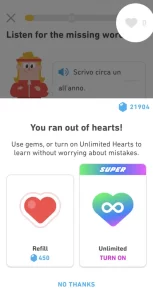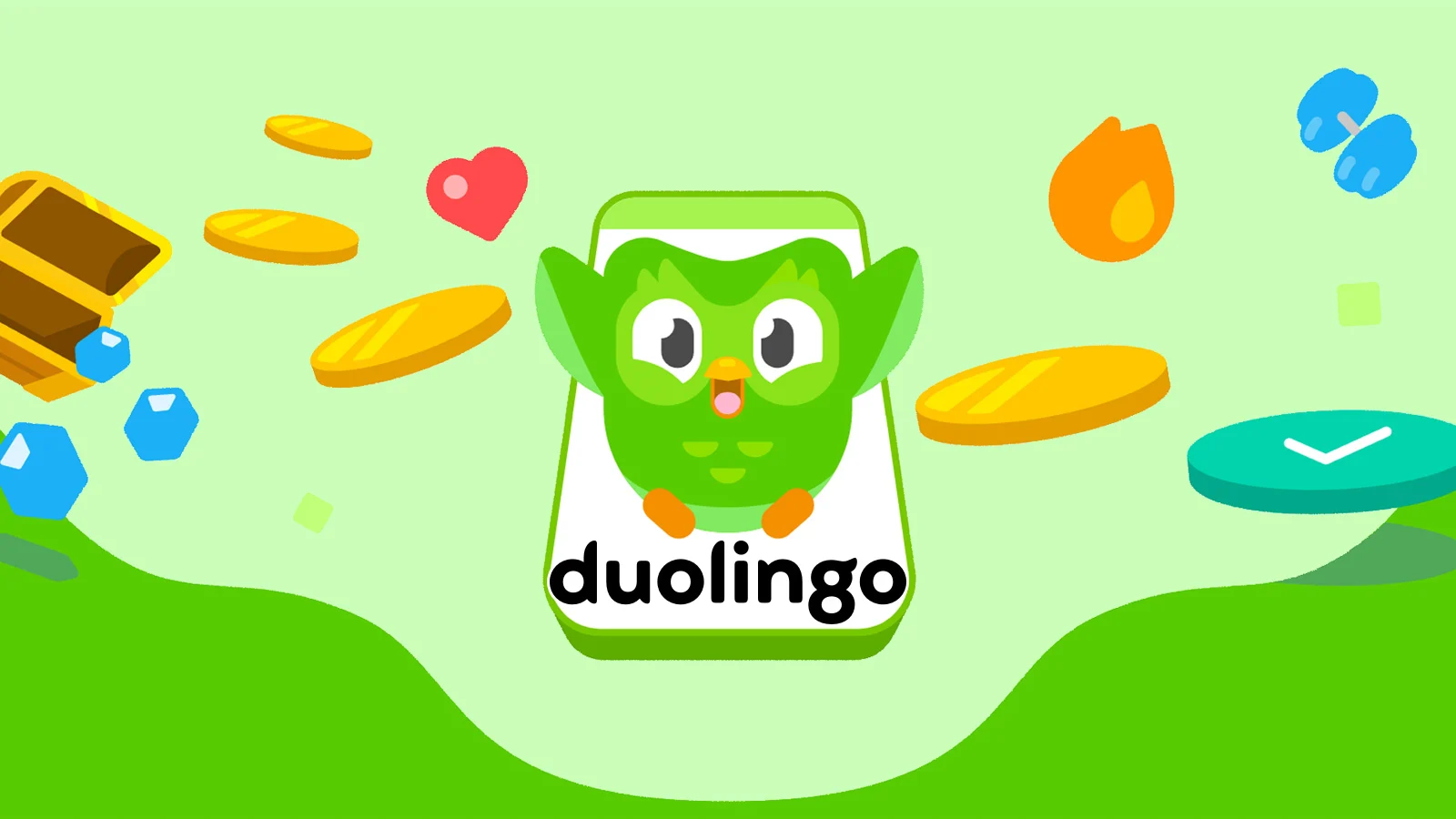Duolingo is not just another language-learning app. It’s a global phenomenon, with around 34 million people using it every single day. For some, it’s been a daily habit for over a decade. But how does a free educational app manage to generate $500 million annually and hold a valuation of $7.7 billion? The answer lies in a mix of gamification, artificial intelligence, and the clever use of A/B testing, all wrapped up in the charm of a little green owl named Duo.
A Game, Not a Lesson
If you’ve ever used Duolingo, you know it’s less like sitting in a classroom and more like playing a game. The app’s design hooks you from the start—users have lives, just like in a video game. Get five answers wrong, and you’re out of lives for the day. Each lesson is a journey, complete with progress bars, experience points, and daily streaks that push you to keep coming back. This gamification strategy is a huge part of why Duolingo grew so quickly, attracting millions of users within its first few years.

“When we launched, we had a mobile, free, and fun product,” says the company, which helped it outpace traditional language learning methods almost overnight. But as the user base grew, so did the challenges. One of the biggest was figuring out how to keep Duolingo free while also turning it into a profitable business.
The Revenue Puzzle
For years, Duolingo’s founders were determined to keep the app free. But in 2017, reality hit. Investors were pushing for revenue, and the company had to make a choice. The solution? A two-pronged approach: introduce advertising and launch a subscription tier. The subscription, priced at $10 a month, removed ads and offered unlimited lives, while ads remained a minor part of the revenue stream, accounting for less than 8% of the total.
Despite these changes, Duolingo stayed true to its mission of providing free education. Today, only about 9% of its users pay for the app, yet these subscribers contribute to roughly 80% of the company’s revenue. This might seem like a risky strategy, but it’s one that has kept Duolingo’s growth strong and its user base engaged.
The Magic Behind the Scenes: AI and A/B Testing
Duolingo’s success isn’t just about clever design. It’s about data—tons of it. Every move the company makes is meticulously planned and tested. Behind the cute owl and colorful interface lies a complex system powered by artificial intelligence and rigorous A/B testing.
At any given moment, Duolingo is running hundreds of A/B tests. These tests might involve tweaking the difficulty of a lesson, changing the timing of a push notification, or altering the wording of a message. Users are often unaware that they’re part of these experiments, which are crucial for refining the app.
Take, for example, the push notifications that Duolingo sends out to remind you to complete your lessons. Initially, these notifications were straightforward, but over time, they evolved into something much more sophisticated—sometimes even guilt-tripping users into returning to the app. One particularly effective notification reads, “These notifications don’t seem to be working. We’ll stop sending them for now.” This strategy alone led to a 3% increase in user retention.
But here’s where it gets even more interesting: not everyone receives the same notification. Duolingo uses AI to determine which messages are most effective for each user, at specific times of the day. This approach, known as a bandit algorithm, is like a slot machine that tries out different messages to see which one pays off the best. The algorithm learns and adapts, constantly improving its effectiveness.
Personalization: The Key to Learning
Duolingo’s use of AI goes beyond just notifications. The app collects a staggering amount of data—users complete about 13 billion exercises every week. All of this data is fed into AI algorithms that personalize the learning experience for each user. The goal is to keep users engaged while ensuring they’re learning effectively.
For example, the app might notice that Chinese learners respond better to notifications sent at a certain time of day, while English learners prefer a different time. This level of personalization is part of what keeps users coming back, day after day.
Why Aren’t More Users Paying?
Despite Duolingo’s innovative approach, only about 8% of its users subscribe to the paid version. So why not push for more? The company is cautious about alienating its users. “We could tomorrow massively increase the fraction of subscribers by doing certain things,” the company admits. They could, for instance, increase the number of ads or make certain features paywalled. But doing so might stifle growth and turn users away.
Instead, Duolingo focuses on long-term growth. The company recently introduced a new subscription tier, Duolingo Max, priced at $30 a month. This tier includes AI-powered features like role-playing with bots, offering a more immersive experience. It’s a premium offering aimed at serious learners, but it also speaks to Duolingo’s careful balance between monetization and accessibility.
The Future of Duolingo: More Than Just a Language App
As Duolingo continues to evolve, it’s clear that the company has its sights set on more than just language learning. The introduction of Duolingo Max is a step towards creating a more comprehensive educational platform, using AI to offer tailored learning experiences.
But with growth comes new challenges. The company’s freemium model has worked well so far, but as competition increases and user acquisition slows, Duolingo may need to find new ways to keep its edge. Whether that means expanding into new types of content, increasing the number of paying users, or finding entirely new revenue streams, one thing is certain: Duolingo’s journey is far from over.
Conclusion: The Little Green Owl That Could
Duolingo’s rise to the top of the educational app market is a testament to the power of gamification, AI, and smart business strategies. By keeping the app free and fun while carefully introducing monetization, Duolingo has built a loyal user base that keeps coming back. As the company continues to innovate and explore new avenues for growth, it remains a shining example of how to turn a simple idea into a global success story.
In the end, it’s not just about learning a new language—it’s about making education accessible, engaging, and yes, even a little addictive. And with that winning formula, Duolingo’s little green owl shows no signs of slowing down.
Also Read: Calendly: Founders, Business Model, Funding, Revenue
To read more content like this, subscribe to our newsletter
Go to the full page to view and submit the form.

